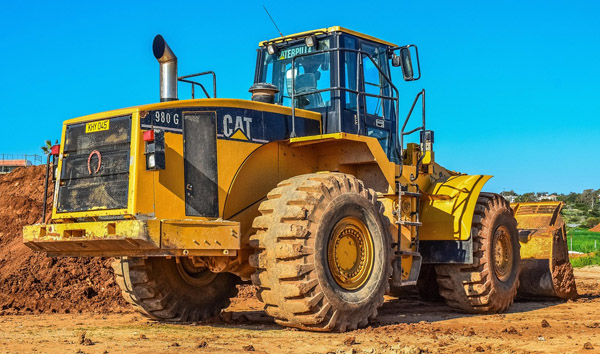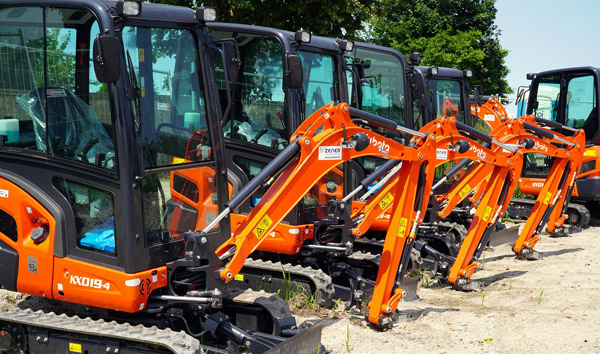The Evolution of High-Reach Rough Terrain Forklifts in Modern Logistics
2025-07-21 04:15:29
The demand for high-reach Rough Terrain Forklifts has surged in industries like construction, agriculture, and mining, where traditional forklifts struggle with uneven ground and elevated loads. According to a 2023 market analysis by Global Industrial Equipment, sales of these specialized machines grew by 18% year-over-year, driven by infrastructure projects and warehouse expansions in remote locations. Their ability to lift loads up to 40 feet while navigating rocky or muddy terrain makes them indispensable.
High-reach rough terrain forklifts integrate advanced hydraulic systems and reinforced chassis designs to ensure stability under heavy loads. Unlike standard forklifts, these machines feature oscillating axles and all-terrain tires, allowing them to traverse slopes up to 30 degrees. A 2022 study by the International Journal of Heavy Equipment Engineering found that models equipped with load-sensing hydraulics reduced fuel consumption by 12%, enhancing operational efficiency in off-road conditions.
Safety remains a top priority for high-reach rough terrain forklifts, with manufacturers incorporating features like automatic load stabilization and anti-tip technology. OSHA reports indicate a 27% decline in forklift-related accidents in construction sites since these innovations were introduced. Additionally, telematics systems now provide real-time monitoring of load capacity and terrain conditions, further minimizing risks.
The adoption of electric-powered high-reach rough terrain forklifts is gaining momentum, aligning with global sustainability goals. Companies like Caterpillar and JLG have launched hybrid models that reduce emissions by 40% compared to diesel counterparts. Industry projections suggest that by 2027, electric variants will account for 35% of the market, driven by stricter environmental regulations and lower long-term operating costs.
Looking ahead, the integration of AI and autonomous navigation will redefine high-reach rough terrain forklift capabilities. Pilot programs in Australia’s mining sector have demonstrated a 20% increase in productivity using self-driving models. As technology evolves, these machines will continue to bridge the gap between rugged environments and high-efficiency material handling, solidifying their role in modern logistics.














